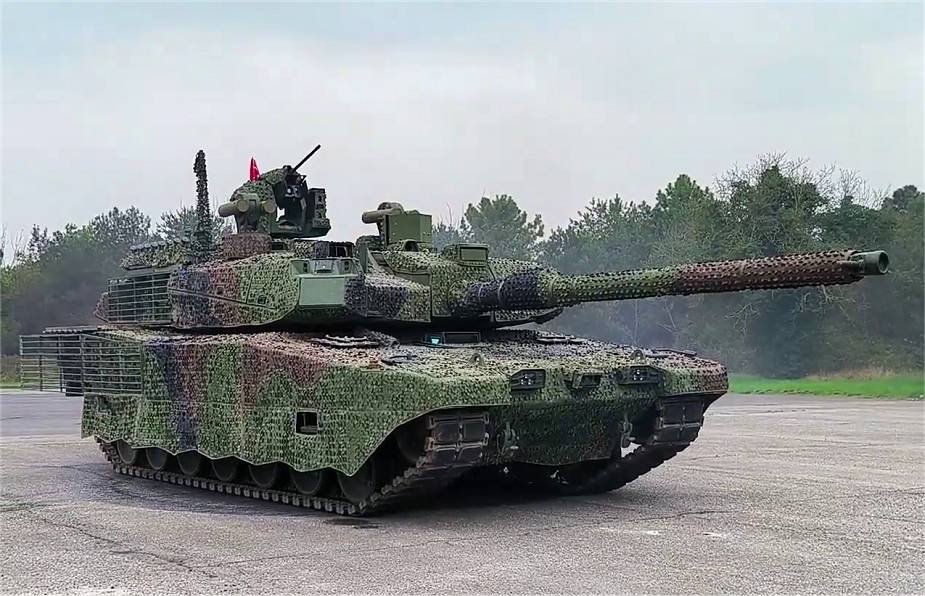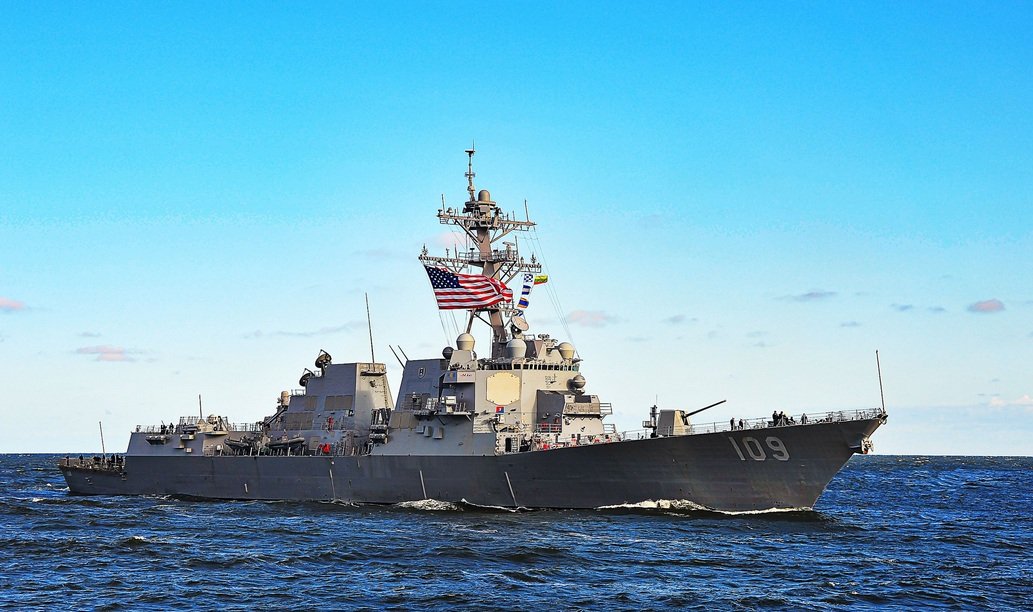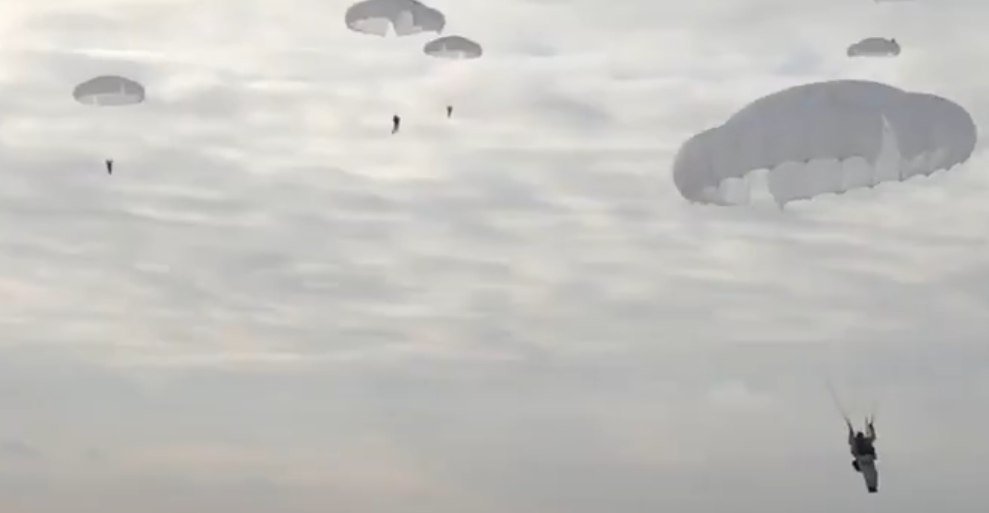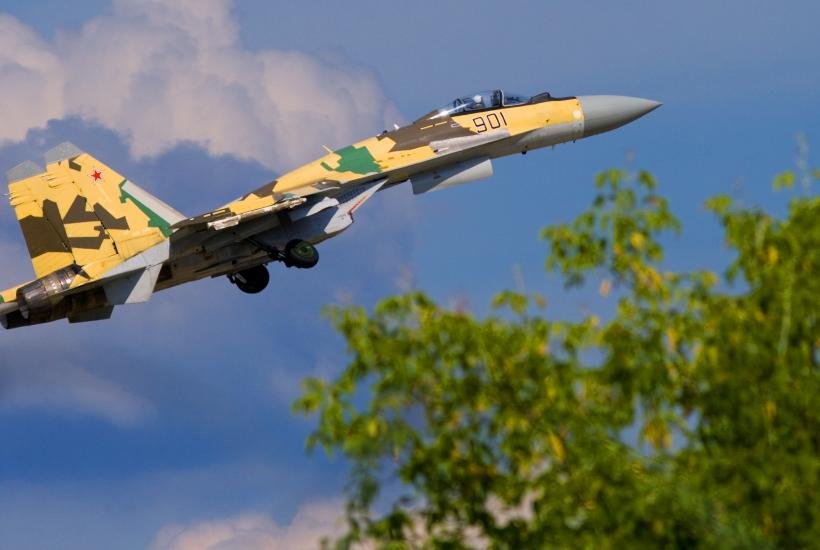
New drones for strategic strikes on the Ukrainian battlefield
Russia, June 2, 2025 – In contrast to the article about the news of drone warfare on the line of combat contact, we will skip the most complex topic of kamikaze drones designed to strike in the immediate rear of ground troops and isolate the battlefield. There are a lot of news in the field of drones designed to strike in the strategic depth of the enemy, especially from the Russian side. Currently, both sides are exchanging strikes with hundreds of attack drones, which are guided into great depths of the enemy’s territory, often more than 1000 km. In addition, larger drones can also be used to destroy stationary targets near the front line, if the power of their warhead is suitable. In this regard, they compete with glide bombs, which are increasingly being dropped by the Ukrainian Air Force, especially the French Hammer bombs.
Russia’s quantitative and qualitative superiority is being undermined by the choice of targets where restrictions resulting from backroom agreements may apply. Their primary advantage is limiting the number of casualties in the form of collateral damage and a rigid political posture. However, at the same time, the active phase of the armed conflict is being prolonged, with negative consequences for both combatants and non-combatants.
The Russians, with their unprecedented efforts, have achieved the suppression (SEAD), not the destruction (DEAD), of the Ukrainian air defenses by depleting their ammunition stocks, especially for anti-aircraft missile systems. Their role will have to be taken over by the Ukrainian fighter aviation and fighter drones, if they have the capacity and technical and tactical characteristics to do so.
1. Invisible Russian air-to-ground cruise missile/jet drone S8000 Banderoľ
According to a report by Ukrainian intelligence, episodic use of a new Russian air munition, which is supposed to be designated S8000 Banderoľ, was recorded. It was supposed to be developed by JSC Kronstadt, which is known, among other things, for its Orion – Inochodet reconnaissance and combat drones. These drones were supposed to launch the first Banderoľ missiles, while their integration into Mi-28N heavy attack helicopters is allegedly underway. The ammunition was first publicly presented on April 26, 2025 during Dmitry Medvedev’s visit to the Kapustin Yar test site.
In addition to the potential proliferation into the armament of Mi-28N attack helicopters, the missile, currently designated S8000 Banderoľ, is dangerous because its design incorporates elements of stealth – reduced visibility for enemy sensors. Its range is estimated at 500 km (700 km according to some sources), cruising speed at 560 km/h and maximum at 650 km/h (700 km/h according to some sources). The missile is about 5 m long, the fuselage diameter is about 30 cm and the wingspan is 2.2 m. The mass of the OFBCh-150 warhead is 115 kg (150 kg according to some sources), of which 49.5 kg should be the weight of the explosive.
The missile should be powered by a commercially available Chinese Swiwin SW800Pro A95 jet engine weighing only 8.5 kg, for which a supply of about 50-65 kg of fuel is carried. The missile’s satellite guidance system is based on the 8-channel GLONASS/GPS Kometa-M8 receiver from JSC VNIIR-Progress. According to Ukrainian military intelligence, Banderoľ uses other imported electronic components from the USA, Switzerland, Japan, South Korea and Australia.
Russia does not comment on the existence of the S8000 Banderoľ, the word бандероль means a small parcel/package:
2. Russian Lancet leaves its comfort zone
According to Russian and Ukrainian reports from 23.5. 2025, not only S8000s are flying to Odessa, drones visually resembling the well-known kamikaze drones Lancet but significantly larger should also appear. In this regard, speculation has emerged about the existence of a drone, currently referred to as Lancet XXL, which should have a range of 200 km and a warhead weighing 20 kg. The main progress should be the inclusion of artificial intelligence elements in the autonomous target selection process. Drones of this type allegedly flew at an altitude of 200 meters during an attack on targets in Odessa in daylight.
Doubts are raised by information that they apparently attacked stationary targets and also by the similarity of technical and tactical characteristics with the Italmas drone (flower in the Udmurt language). Both drones are apparently manufactured by ZALA Group. A separate article was written about the Lancet kamikaze drones, which credited them with their merits in the fight against Ukrainian artillery. One of them was supposed to have chosen a checkpoint as a target. Maybe just a coincidence…
3. Dan-M Drone
The comical part of today’s article is about a drone that actually existed long before the start of the special military operation. It is a Daň-M drone, or again a guided missile with a flat trajectory of air-to-ground flight. The following video contained relatively correct information about it.
Let’s take all the information as correct, but especially the year 2020 as the time of completion of the development of the Daň-M drone in the Sokol design bureau. Let’s say that it flies at altitudes from 50 to 9000 m and reaches speeds of up to 750 km/h. The drone’s range can be 680 km and weight from 350 to 400 kg. Flight endurance up to 70 minutes. The drone, which was primarily developed as a training target for air defense, could then be modified by adding a warhead. Even without it, a target with similar characteristics would have to provoke a reaction from the already overloaded Ukrainian air defense defense.
What’s the point? It’s 2025, the first attack with this weapon was recorded by the Ukrainians on May 29, while the Dan-M drone was supposed to launch from a Mi-8 helicopter to extend its range compared to launching from the ground. However, it had already done this before the start of the special military operation, as evidenced by the attached video. In this case, the Russians have apparently been waiting for a long time and the Ukrainians are completely out of the picture. Then the author’s selective memory comes into play.
4. Modifications of Russian Geran-2 drones
The Geran-2 drones have undergone several modernizations since their first deployment. Currently, this should involve increasing the weight of the warhead from the original 50 kg to about 90 kg of a cumulative-high-explosive-fragmentation-incendiary (3500°C) warhead. The question is whether such an increase in the weight of the warhead was not bought off by reducing the amount of fuel carried for the drone’s power unit, and what about This follows.
Another improvement may be the ability to identify and bypass the areas of operation of Ukrainian electronic warfare systems and new methods of guidance independent of satellite navigation. Guidance may be controlled by artificial intelligence, or drones connect to Ukrainian mobile networks via 4G, or by transferring information using Telegram bots that can also be used to connect with an operator for terminal guidance of the drone to the target. Unverified reports are also spreading about the first deployment of the jet version of the Geraň-3 drone.
Production of Geraň-2 drones:
5. Ukrainian drone Batyar
Similar to the even smaller Russian drone Tjuvik designed against armored targets, the Ukrainian Batyar was created by downsizing the Geraň-2 drone. However, it is designed for long-range strategic missions and has a range of over 800 km. The problem may be the effectiveness of its warhead weighing about 18 kg with a take-off weight of the drone of about 60 kg and a span of up to 2.5 meters. Flight speed up to 200-220 km/h. The warhead will not have a sufficient effect when hitting most priority targets located at a distance of as much as 800 km. However, Ukraine’s ability to produce and possibly launch a larger number of such drones will significantly burden Russian air defenses in the great depths of the protected area.
The drone was supposed to be developed by the Ukrainian company DeepStrikeTech, but the video talks about the use of Western technologies, it is possible that it was created with German assistance, or rather based on the German Drone Anti Radar (DAR) project from 1994.
In addition, there has been a lot of talk in the past about Ukrainian drones, or mini cruise missiles such as Paljanica, Peklo and Ruta. These continue to live their own lives, including modernizations. However, mainly drones with piston engines such as the Aeroprakt A-22 or the An-196 “Lyutyj” fly to Russia. If the Russians do not shoot at them sooner or later, the Slovak slogan “The poor man will boil over.” The final video shows the collision of two Ukrainian drones of the latter type over Russia.
The parties to the conflict can supplement the content of articles about drones, including kamikaze drones, to avoid incidents in the small airspace, crowded at this strike distance.

Max Bach


















